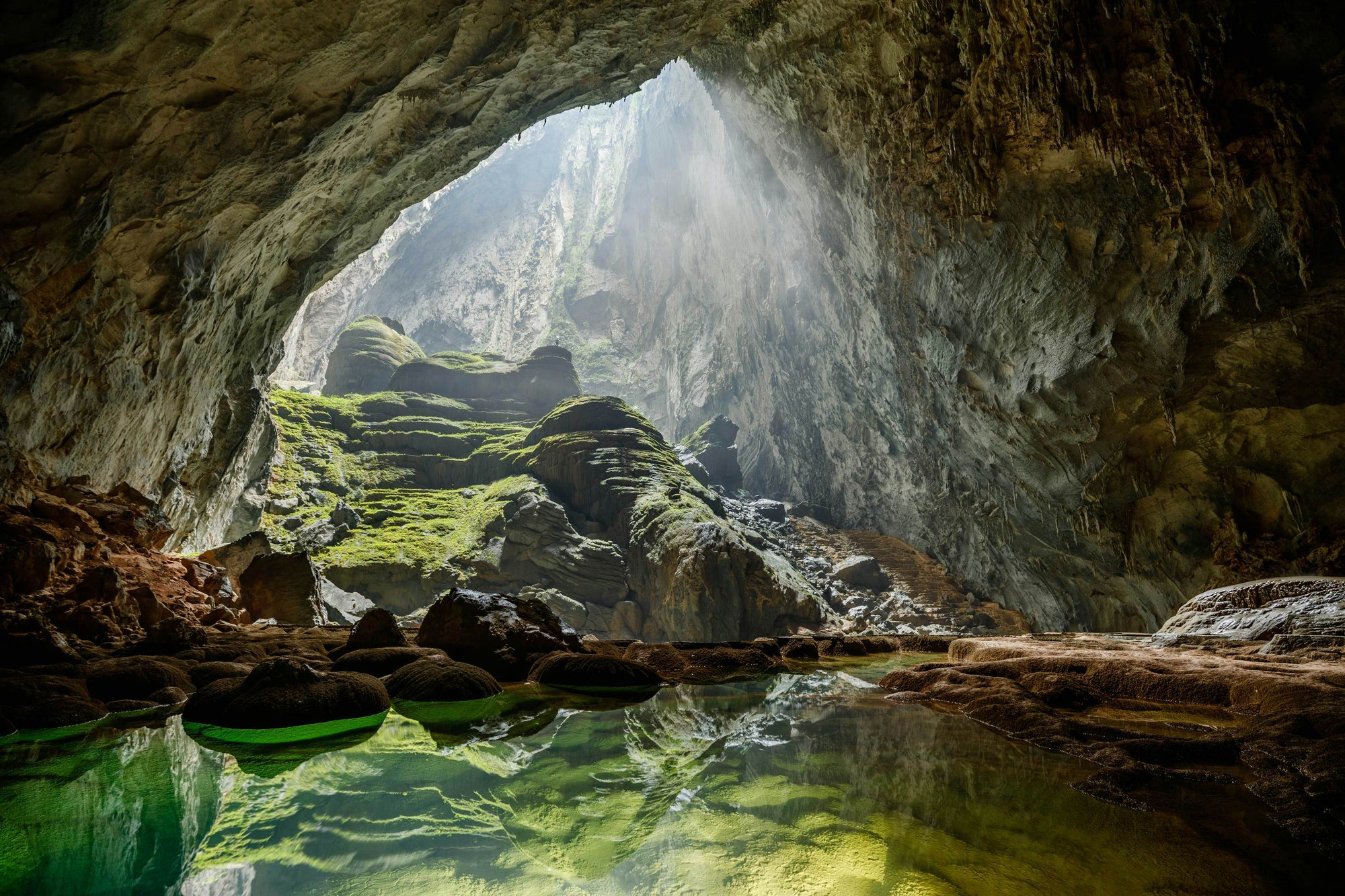Son Doong among world’s 7 best subterranean sights: SCMP
The newswire said, Son Doong Cave, in Viet Nam, is now recognized as the largest cave in the world, but when local farmer Ho Khanh stumbled on the entrance in 1991 he had no idea of its significance.
The sound of rushing water and strong gusts of wind initially deterred him from further exploration, and he had trouble remembering the cavern’s location on subsequent visits.
It wasn’t until 2008 that he rediscovered its whereabouts and invited a team of British cave explorers, whose measurements confirmed it was at least 5km (3.1 miles) long.
Besides underground rivers and lakes, a thriving jungle ecosystem, 400-million-year-old fossils and spectacular geological formations, the cave is home to plant and animal species found nowhere else on Earth.
Fast forward to 2018 and another group of British speleologists calculate that Hang Son Doong is at least a third larger and significantly deeper than previously thought, noted the SCMP.
Oxalis Adventure operates the tour, with a four-day-three-night expedition to the cave costing VND69.8 million (US$3,000).
Only 1,000 visitors are allowed a year for environmental reasons, and the tour is available only between January and August.
Trekkers accompanied by a specialist go through unique underground rainforests, kayak in rivers both above and below ground and climb a 90-meter-high wall dubbed “The Great Wall of Viet Nam” with ropes and ladders.
Son Doong is considered to be the largest cave in the world, based on volume and also the biggest cave in Viet Nam. In 2009, Son Doong was officially surveyed and measured by the The British – Viet Nam Cave Expedition Team.
This team along with National Geographic magazine had announced Son Doong Cave as the largest natural limestone cave on the planet in the same year. In 2013, the Guinness World Records Organization recorded it as the world’s largest natural cave./.


